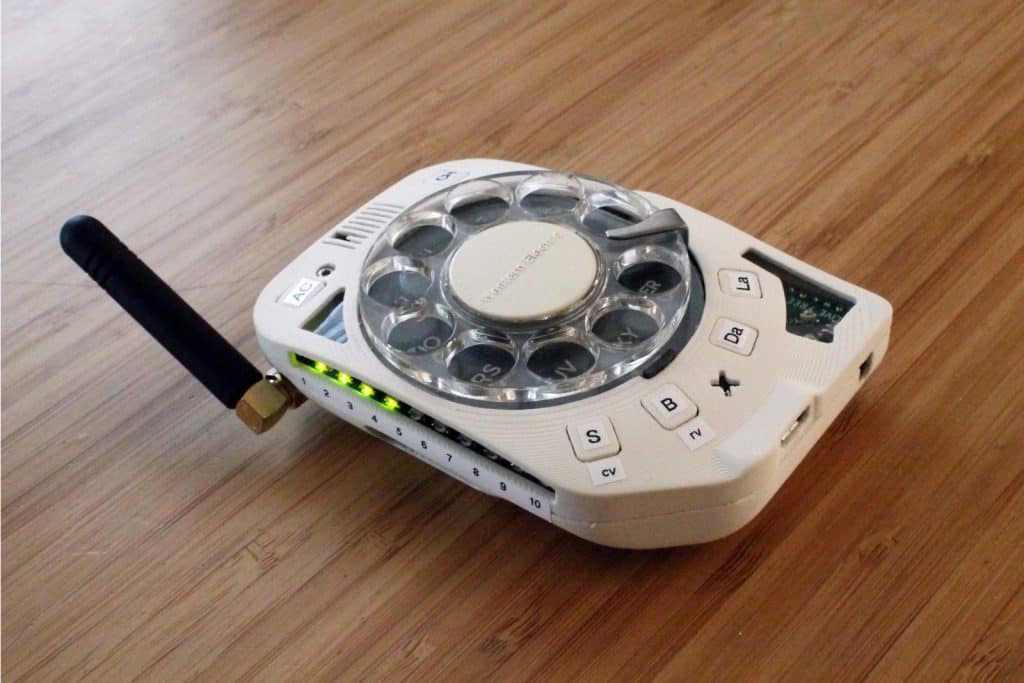
Modern tech meets vintage dialing.
As convenient as modern cellphones are, there’s a certain charm to spinning an old-fashioned rotary dial to make a call — and now, there’s a cellphone that caters to that nostalgia. Brookhaven National Lab engineer Justine Haupt has developed a rotary cellphone that’s not only functional, but available to make with the help of a $240 do-it-yourself kit. It’s effectively a throwback to the days when phones were for calling and nothing else, plus a few present-day creature comforts.
At its heart, the phone is based on a custom ATmega2560v mainboard, Adafruit Fona 3G cellular equipment and a rotary dial from a Western Electric Trimline phone, all stuffed into a 3D-printed casing. You won’t have to endure 1960s-era limitations, though. A flexible 2.1-inch e-paper display can show missed calls and other vital messages, while shortcut buttons let you quickly dial favorite contacts. You can also check the battery life (good for about 24 hours) and signal strength with “near instantaneous” displays.
You’ll have to do some shopping if you’re going have a rotary cellphone of your own. The kit only includes the mainboard and the 3D-printed housing. You’ll have to buy everything else, and that might be tricky when Trimline rotary dials aren’t exactly common. And did we mention that the design is most definitely not waterproof? Still, it might be your best bet if you’re determined to have the tactile feel of a rotary phone and don’t mind giving up data and texting.
Haupt certainly doesn’t mind. For her, this is a passion project and her personal phone. It’s meant to go “as far from having a touchscreen” as possible, eliminating the complexity for someone who just wants to call people with minimal fuss (and, we’d add, a bit of whimsy). Think of it as the handset for those who find even basic flip phones to be too much of a hassle.


